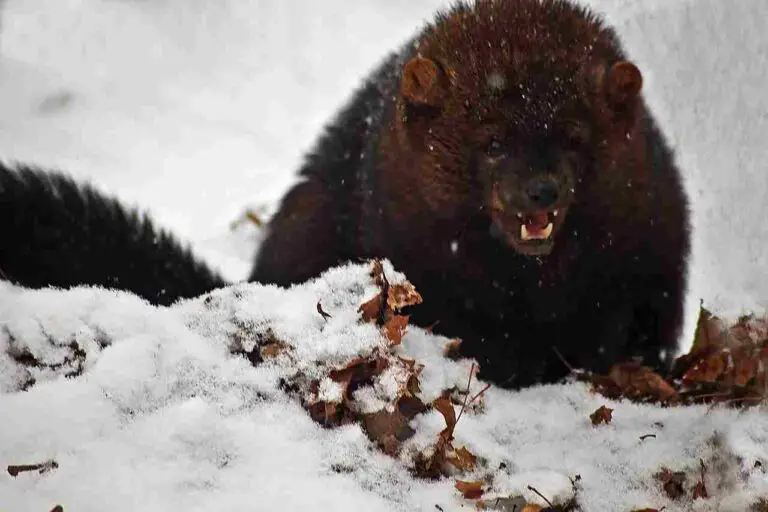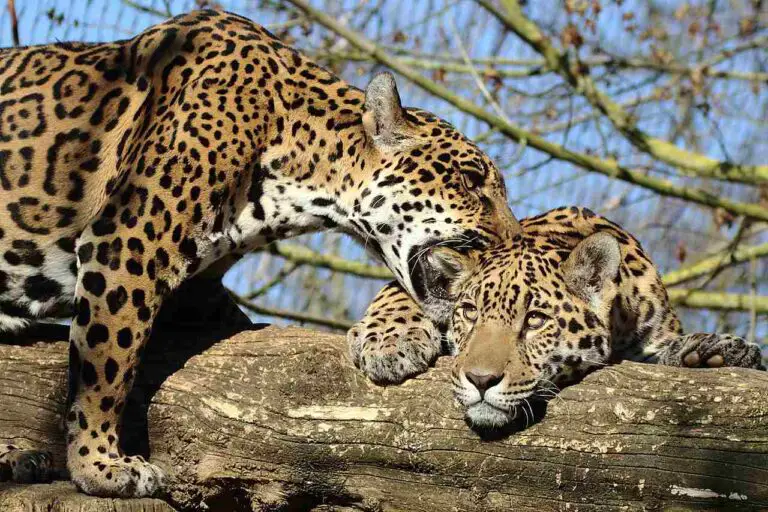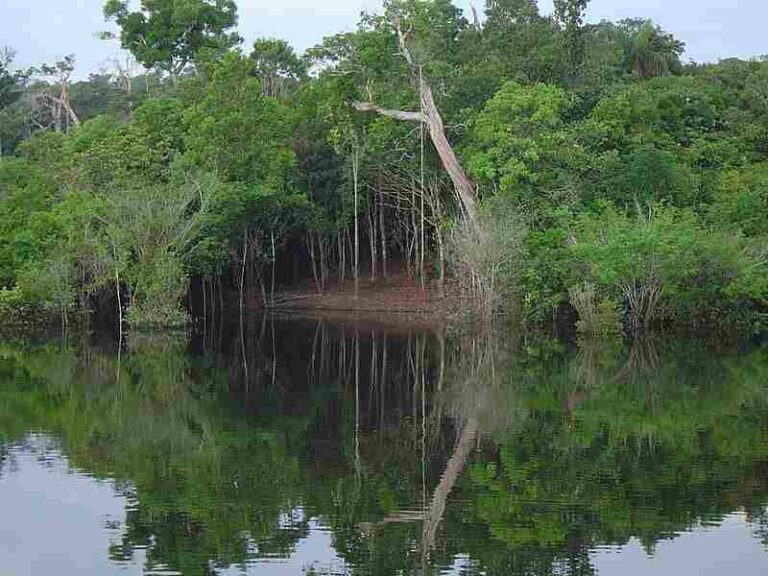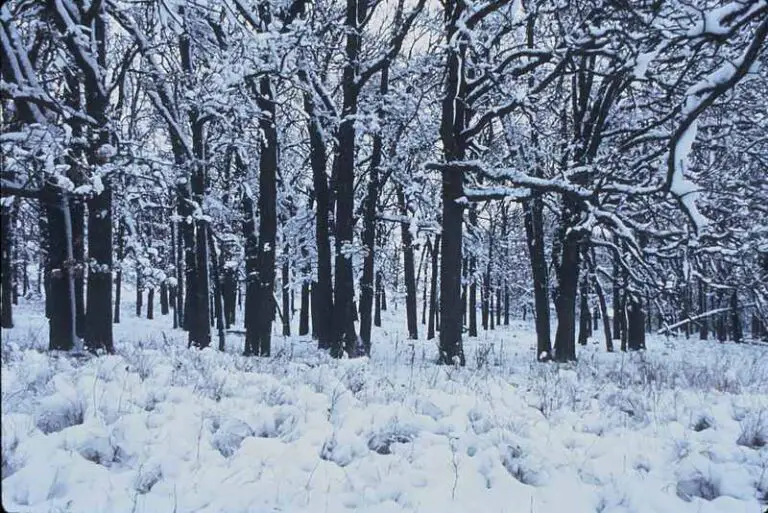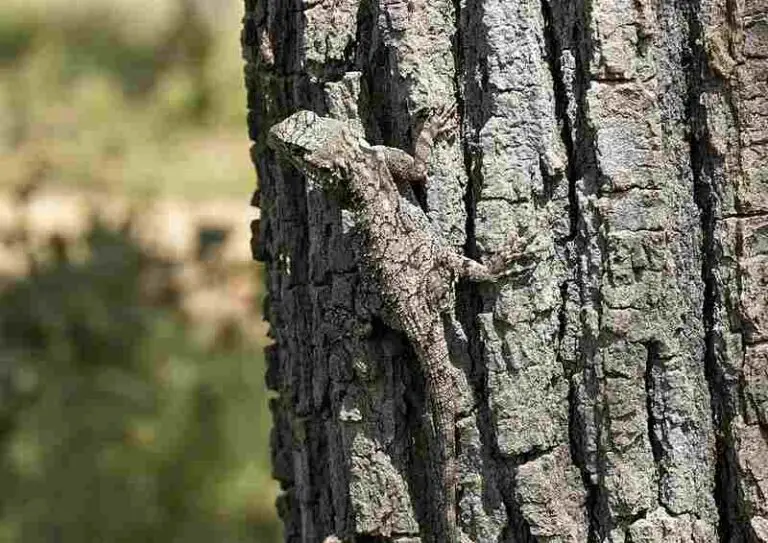7 Overgrazing Effects Explained
Overgrazing effects include; desertification, drought, soil erosion, compaction, biodiversity loss, vegetation structure and growth changes, food insecurity, hunger, and economic recession.
This article discusses overgrazing effects, as outlined below;
-Overgrazing Effects on Soil and Water Resources
-Effects of Overgrazing on Animals and Plants
-Overgrazing Effects on Humans
-Overgrazing Effects on Soil and Water Resources
Overgrazing effects on soil and water resources are; desertification, drought, soil erosion and soil compaction.
1). Desertification and Drought (as one of the Overgrazing Effects)
Overgrazing usually goes along with increase in the rate of climate change [2], along with its environmental impacts and associated processes, that include desertification and drought.
Overgrazing causes desertification by removing plant cover that serves as a protective organic mulch to reduce the impact of atmospheric heat, dry weather, and the rate of moisture evaporation from soil.
In the absence of sufficient plant covering, the mechanisms behind desertification including low environmental moisture and heating, begin to have more effect on the soil.

2). Soil Erosion
Erosion is one of the most common effects of overgrazing on soil and the environment.
Along with desertification, it causes soil degradation, and reduces the general health as well as productivity, of the ecosystem.
Exposure of soil through overgrazing is the main cause of subsequent erosion.
The prominence and severity of erosion from overgrazing, varies from one location to another, based on factors like the presence and intensity of erosive agents.
Also, erosion is directly linked to, or simultaneous with, other overgrazing effects like soil compaction and biodiversity loss.
3). Soil Compaction (as one of the Overgrazing Effects)
Overgrazing can lead to soil compaction, through the direct mechanical impact of grazing cattle as they trample on the soil [3].
Soil compaction can lead to severe damage and degradation, although the level of severity depends generally on the amount of force being exerted on the ground during grazing.
This force is in turn a function of multiple factors like the spatial distribution of cattle, the duration of grazing, and the locomotive behavior of the animals as they graze.
In any case, overgrazing itself comes with most of the factors required for soil compaction, because the risk of excessive mechanical impact increases with the intensity of grazing pee unit area, which is generally high in every overgrazing scenario.
As vegetation is being lost, soil exposure helps facilitate compaction by increasing the contact-surface area that occurs in-between animal hooves and soil.
Soil compaction alters the structure and equilibrium of the soil, causing loss of productivity, decrease in soil moisture-retention capacity, aeration, resistance to natural hazards, and population of soil organisms.
-Effects of Overgrazing on Animals and Plants
Effects of overgrazing on animals and plants are; biodiversity loss, changes in vegetation structure and growth patterns.
4). Biodiversity Loss
Overgrazing causes biodiversity loss by destroying natural habitats for soil organisms and other species like rodents that live in grassland vegetation; as well as by reducing the general productivity of the ecosystem.
The most obvious effect of overgrazing on biodiversity can be observed in the plant population, as plants are directly depleted as overgrazing occurs.
Other organic populations in the ecosystem are depleted indirectly by overgrazing because it causes loss of their habitats, food source(s) and tolerable living conditions.
5). Vegetation Structure and Growth Changes (as one of the Overgrazing Effects)
The composition and structure of vegetation are usually changed by overgrazing as a result of alteration of the rate of productivity of the affected area [1].
The effect of overgrazing on vegetation structure and growth pattern is most significant in cases where natural regeneration occurs repeatedly as the land tries to recover its lost vegetation through germination of propagative remnants.
Under such circumstances, repetitive vegetation loss and regrowth can lead to the development of major adaptive behaviors by the plants and soil microbes for their survival; which reflects as changes in the rate of growth, identity of surviving species, density of plant cover, and even physiological characteristics of the plants.
Usually, plant growth is altered to allow the least palatable, most conservative and mechanically resilient groups to survive.
-Overgrazing Effects on Humans
Overgrazing effects on humans are, food insecurity, hunger, and economic recession.
6). Food Insecurity and Hunger
Over the long-term, overgrazing can cause food insecurity and hunger due to its effects on climate, soil, water, and overall ecologic productivity.
Overgrazing facilitates the loss of key agricultural resources like soil and water, which are essential for the growth of crops. In the absence of these crops, the viability of livestock farming is also significantly reduced.
The impact of overgrazing on food production is most notable in areas where livestock grazing on agricultural land is practiced, as well as as areas that are prone to drought.
7). Economic Recession (as one of the Overgrazing Effects)
All effects of overgrazing have socioeconomic consequences, among which is economic recession.
Economic recession can occur as a result of land degradation which is facilitated by overgrazing.
Degraded land means lost biomass and energy resources like solid biofuel or wood.
It also implies lower agricultural productivity, which can have devastating effects on the economic viability of the entire agricultural sector.
Decline in raw material availability resulting from overgrazing can also have economic consequences, by reducing the quality and volume of output from manufacturing and other industrial production processes.
Lastly, overgrazing can cause economic loss in the form of healthcare and relief provision for people affected by food shortage, hunger, and intensified climate change conditions; as well as in the form of expenditure on environmental remediation measures.
Conclusion
Overgrazing effects are;
1. Desertification and Drought
2. Soil Erosion
3. Soil Compaction
4. Biodiversity Loss
5. Vegetation Structure and Growth Changes
6. Food Insecurity and Hunger
7. Economic Recession
References
1). Karatassiou, M.; Parissi, Z.; Panajiotidis, S.; Stergiou, A. (2022). “Impact of Grazing on Diversity of Semi-Arid Rangelands in Crete Island in the Context of Climatic Change.” Plants 11(7):982. Available at: https://doi.org/10.3390/plants11070982. (Accessed 10 December 2022).
2). Liu, Y. Y.; Evans, J. P.; McCabe, M. F.; de Jeu, R.; van Dijk, A. I.; Dolman, A. J.; Saizen, I. (2013). “Changing Climate and Overgrazing Are Decimating Mongolian Steppes.” PLoS ONE 8(2):e57599. Available at: https://doi.org/10.1371/journal.pone.0057599. (Accessed 10 December 2022).
3). Wang, Q-X. (2014). “Impact of Overgrazing on Semiarid Ecosystem Soil Properties: A Case Study of the Eastern Hovsgol Lake Area, Mongolia.” Journal of Ecosystem & Ecography 04(01). Available at: https://doi.org/10.4172/2157-7625.1000140. (Accessed 8 December 2022).
